 W
WArchibald Armstrong, court jester, called "Archy," was a native of Cumberland, and according to tradition first distinguished himself as a sheep thief; afterwards he entered the service of James VI, with whom he became a favourite.
 W
WJacques de Bousie was a Flemish confectioner working in Edinburgh, Scotland, where he worked for James VI and Anne of Denmark.
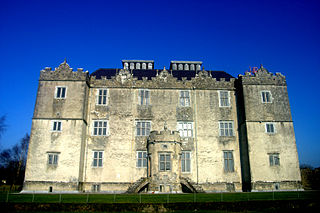 W
WRichard Burke, 4th Earl of Clanricarde was an Irish nobleman and politician. He was the son of Ulick Burke, 3rd Earl of Clanricarde and Honora Burke. Knighted in 1602 for his exploits as leader of the English cavalry during the Battle of Kinsale, he would later serve as Governor of Connaught from 1604 to 1616, and as a member of the Privy Council of Ireland. Having established himself as the largest and most influential landowner in Connacht, his later life was characterized by animosity between him and an increasingly hostile and acquisitive Dublin government.
 W
WA Scottish Presbyterian congregation was first established in London during the reign of King James I of England and VI of Scots, following the Union of the Crowns in 1603. Some of his Scottish courtiers worshipped in a chapel near the old Whitehall Palace at the diplomatic site as “Scotland Yard” and later provided the original headquarters of London’s Metropolitan Police.
 W
WSir David Cunningham of Robertland, in Ayrshire, was Master of Work to the Crown of Scotland from 1602 to 1607, and Surveyor of the King's Works in England from 1604 to 1606
 W
WGeorge Home, 1st Earl of Dunbar, KG, PC was, in the last decade of his life, the most prominent and most influential Scotsman in England. His work lay in the King's Household and in the control of the State Affairs of Scotland and he was the King's chief Scottish advisor. With the full backing and trust of King James he travelled regularly from London to Edinburgh via Berwick-upon-Tweed.
 W
WWilliam Dundas of Fingask, was a Scottish courtier who wrote newsletters.
 W
WAlexander Seton, 1st Earl of Dunfermline (1555–1622) was a Scottish lawyer, judge and politician. He served as Lord President of the Court of Session from 1598 to 1604, Lord Chancellor of Scotland from 1604 to 1622 and as a Lord High Commissioner to the Parliament of Scotland.
 W
WTom Durie, Duri, Dury or Derry was a Scottish fool or entertainer to Anne of Denmark.
 W
WAlexander Elphinstone, 4th Lord Elphinstone (1552-1638), was a Scottish courtier, landowner, and Lord Treasurer
 W
WGeorge Elphinstone of Blythswood was a Scottish landowner, courtier, and Provost of Glasgow.
 W
WIn May 1590, Anne of Denmark was crowned queen consort of Scotland. There was also a ceremony of joyous entry into Edinburgh, an opportunity for spectacle and theatre and allegorical tableaux promoting civic and national identities, similar in many respects to those performed in many other European towns. Celebrations for the arrival of Anne of Denmark in Scotland had been planned and prepared for September 1589, when it was expected she would sail from Denmark with the admirals Peder Munk and Henrik Gyldenstierne. She was delayed by accidents and poor weather and James VI of Scotland joined her in Norway in November. They returned to Scotland in May 1590.
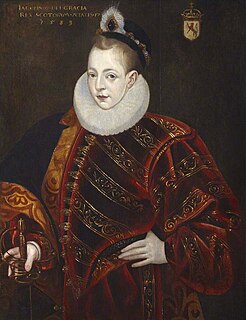 W
WThe Entry of James VI into Edinburgh was a ceremony marking the coming of age of James VI of Scotland as an adult ruler on Friday 19 October 1579. James VI had spent his childhood at Stirling Castle. Now he came to Edinburgh to begin his adult rule.
 W
WGiovanni Florio (1553–1625), known as John Florio, was a translator, poet, playwright, linguist, lexicographer, and royal language tutor at the Court of James I. He is recognised as the most important humanist in Renaissance England, he was also the first translator of Montaigne into English, the first translator of Boccaccio into English and he wrote the first comprehensive Dictionary in English and Italian. John Florio contributed to the English language with 1,149 words, placing third after Chaucer and Shakespeare, in the linguistic analysis conducted by Stanford professor John Willinsky. He has been proposed as the real author of Shakespeare's works.
 W
WJohn Gibb of Knock and Carribber (c.1550-1628) was a Scottish landowner and courtier.
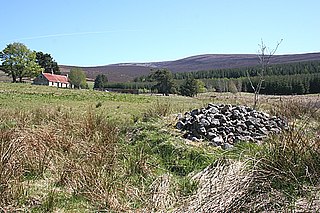 W
WPatrick Gordon of Auchindoun (1538-1594) was a Scottish landowner and rebel.
 W
WSir Robert Gordon of Gordonstoun (1580–1656) was a Scottish politician and courtier, known as the historian of the noble house of Sutherland.
 W
WThe Great 'H' of Scotland was a jewel belonging to Mary, Queen of Scots. It was broken up in 1604 and made into the Mirror of Great Britain for James VI and I.
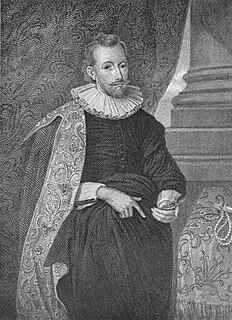 W
WGeorge Heriot was a Scottish goldsmith and philanthropist. He is chiefly remembered today as the founder of George Heriot's School, a large independent school in Edinburgh; his name has also been given to Heriot-Watt University, as well as several streets in the same city.
 W
WThomas Erskine, 1st Earl of Kellie was a Scottish peer.
 W
WEdward Bruce, 1st Lord Kinloss PC was a Scottish lawyer and judge.
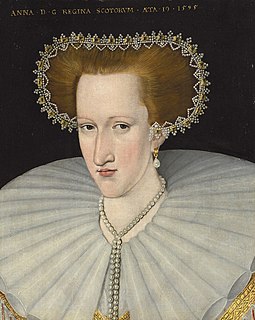 W
WJacob Kroger, was a German goldsmith who worked for Anne of Denmark in Scotland and stole her jewels.
 W
WSir Lewes Lewknor (c.1560–1627) was an English courtier, M.P., writer, soldier, and Judge who served as Master of the Ceremonies to King James I of England. M.P. for Midhurst in 1597 and for Bridgnorth 1604–10. His career has been described as a "tortuous trajectory rich in false starts, byways and rather nebulous interludes...[with] slippery religious and political allegiances".
 W
WMagdalen Livingstone was a Scottish courtier.
 W
WMathias de l'Obel, Mathias de Lobel or Matthaeus Lobelius was a Flemish physician and botanist who was born in Lille, Flanders, in what is now Nord-Pas de Calais, France, and died at Highgate, London, England. Graduating in medicine from the University of Montpellier in 1565 he practiced medicine in the low countries and England, including positions as personal physicians to two monarchs. A member of the sixteenth century Flemish School of Botany, he wrote a series of major treatises on plants in both Latin and Dutch. He was the first botanist to appreciate the distinction between monocotyledons and dicotyledons. The Lobelia plant is named after him.
 W
WJohn Erskine, Earl of Mar was a Scottish politician, the only son of another John Erskine and Annabella Murray. He is regarded as both the 19th earl and the 2nd earl.
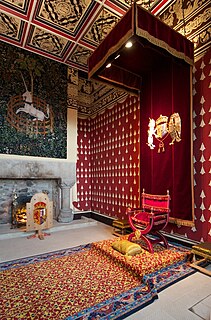 W
WThe Masque at the baptism of Prince Henry, was a celebration at the christening of Prince Henry at Stirling Castle, written by the Scottish poet William Fowler and Patrick Leslie, 1st Lord Lindores.
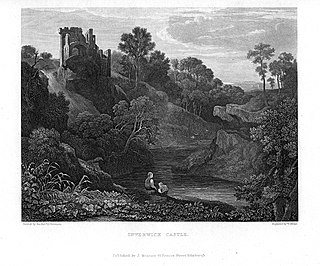 W
WJames Maxwell, 1st Earl of Dirletoun was a Scottish courtier and landowner, and Black Rod. He was involved in selling royal jewels.
 W
WJames Stewart, 1st Earl of Moray, a member of the House of Stewart as the illegitimate son of King James V, was the Regent of Scotland for his half-nephew, the infant King James VI, from 1567 until his assassination in 1570. He was the first head of government to be assassinated by a firearm.
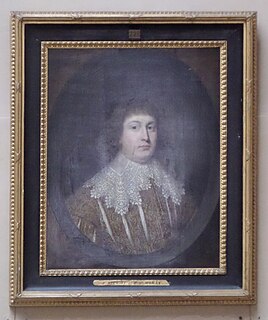 W
WJames Stewart, 2nd Lord Doune and 2nd Earl of Moray was a Scottish nobleman, the son of James Stewart, 1st Lord Doune and Margaret Campbell. The 2nd Earl was murdered by George Gordon, Earl of Huntly, as the culmination of a vendetta. Known as "the Bonnie Earl" for his good looks, he became the subject of a popular ballad, The Bonnie Earl of Moray.
 W
WMargaret Stuart, Scottish aristocrat and courtier in England. She served as lady-in-waiting to the queen consort of England, Anne of Denmark. She was the daughter of James Stewart, 2nd Earl of Moray, and Elizabeth Stuart, 2nd Countess of Moray. The sailor and patron of Ben Jonson, Sir Frances Stuart was her brother.
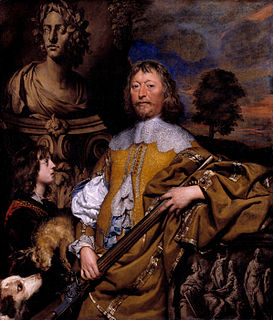 W
WSir Endymion Porter (1587–1649) was an English diplomat and royalist.
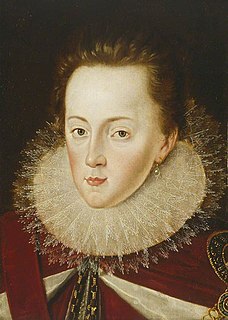 W
WPrince Henry's Welcome at Winchester was a masque produced by Anne of Denmark and performed in 1603.
 W
WDr Martin Schöner or Schönerus, physician to James VI and I and Anne of Denmark
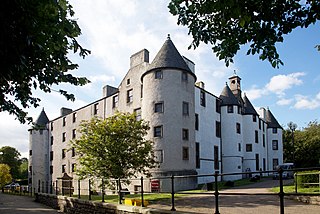 W
WJames Scrimgeour Scottish landowner and Constable of Dundee.
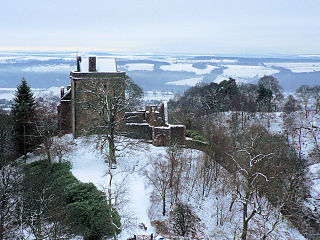 W
WJames Stewart, 1st Lord Doune (1529-1590) was a Scottish landowner.
 W
WJean Stewart, Lady Bargany, was a Scottish lady in waiting to Anne of Denmark
 W
WDavid Murray, 1st Viscount of Stormont was a Scottish courtier, comptroller of Scotland and captain of the king's guard, known as Sir David Murray of Gospertie, then Lord Scone, and afterwards Viscount Stormont. He is known for his zeal in carrying out the ecclesiastical policy of James VI and I, in which he was effective if crude.
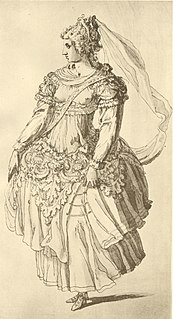 W
WTethys' Festival was a masque produced on 5 June 1610 to celebrate the investiture of Prince Henry (1594–1612) as Prince of Wales.
 W
WJohn Murray, 1st Earl of Tullibardine was a Scottish courtier and leader of the Clan Murray.
 W
WAdrian Vanson was court portrait painter to James VI of Scotland.
 W
WJohn Wemyss younger of Logie, (1569-1596), was a Scottish courtier, spy, and subject of the ballad "The Laird o Logie", beheaded for plotting to blow up a fortification at Veere in the Netherlands
 W
WMargaret Winstar, was a Danish or German courtier in Scotland to Anne of Denmark commemorated by the ballad "The Laird o Logie" for rescuing her imprisoned lover.
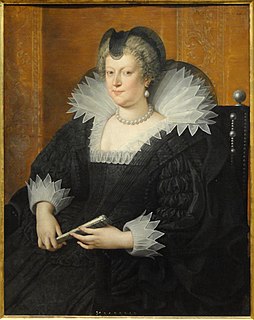 W
WMagdalen Wood was an English courtier and diplomatic messenger.
 W
WEdward Wotton, 1st Baron Wotton (1548–1626) was an English diplomat and administrator. From 1612 to 1613, he served as a Lord of the Treasury. Wotton was Treasurer of the Household from 1616 to 1618, and also served as Lord Lieutenant of Kent from 1604 until 1620.
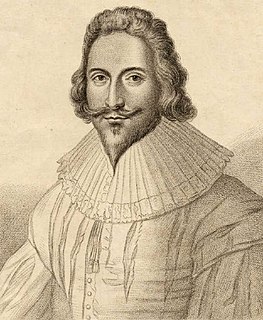 W
WEdward la Zouche, 11th Baron Zouche of Harringworth, Northamptonshire, 12th Baron St Maur was an English diplomat. He is remembered chiefly for his lone vote against the condemnation of Mary, Queen of Scots, and for organising the ill-fated stag-hunt where his guest, the Archbishop of Canterbury, accidentally killed a man.